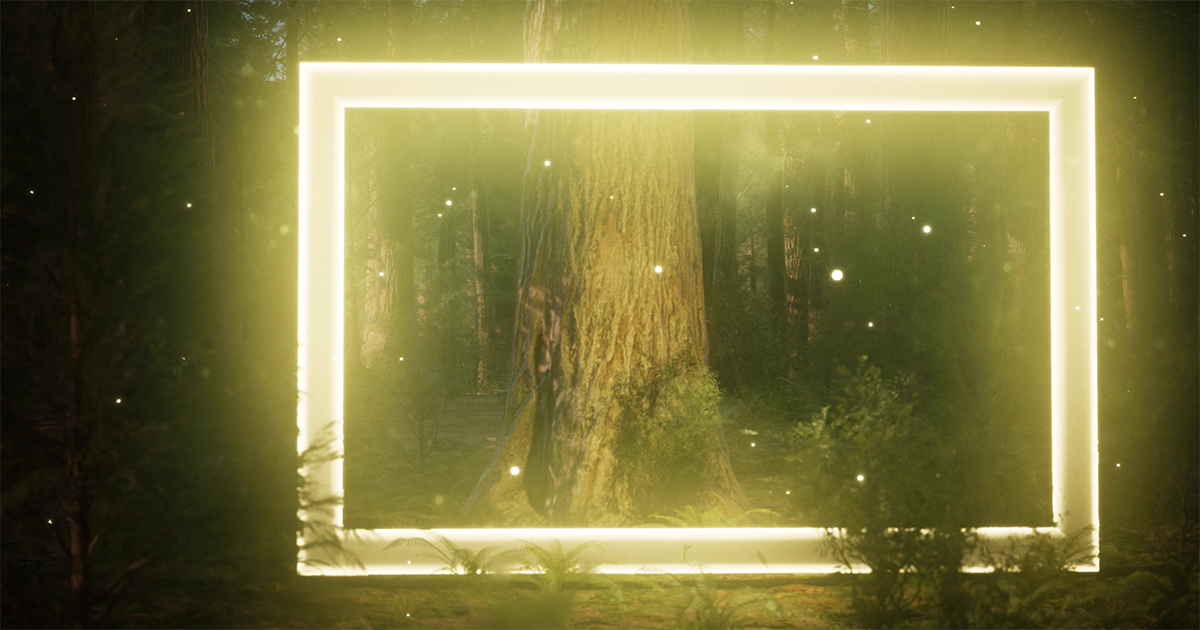
TL;DR
- Video game “Dark Forest” shows how advanced cryptography can be used in a game — and how blockchains might host decentralized digital worlds.
- A key concept employed by the game’s makers is that of “zero-knowledge proofs,” a way of keeping game-play and things like transactions within rules without an individual yielding control of all of their data or identity.
- The game also helps prove that blockchains can be used for far more interesting and complex applications than just moving digital money around, something some blockchain boosters have been saying since the technology first emerged.
READ MORE: This sci-fi blockchain game could help create a metaverse that no one owns (MIT Technology Review)
Dark Forest looks and plays much like other online strategy games, but under the hood it’s a very different story.
That’s because it doesn’t rely on the servers running popular online strategy games like World of Warcraft. Instead, Dark Forest runs completely on a blockchain, in a way that means no one is in control of how it plays out.
That’s important because it hints at the possibility of a metaverse that isn’t owned by Meta or another big tech company but runs in a decentralized way, between its users.
Mike Orcutt at MIT Technology Review has the story. He talked to the game’s creator, the pseudonymous Gubsheep, who describes it as a “massively multiplayer strategy game that takes place in an infinite, procedurally generated universe.”
Blockchains are slow and expensive to use — far from ideal infrastructure for a game that must keep track of many interconnected systems and a vast number of player moves. Despite all the initial hype around a wide range of non-finance uses for blockchains, the popular perception now is that using blockchains makes sense only for simpler, finance-related applications.
Nonetheless, Dark Forest’s creators decided wanted to build a game in a way that would allow everyone to be able to check that “the mathematical protocol underlying the game is being followed correctly,” says Gubsheep.
Read It on Amplify: How the Metaverse Is Actually Gaming By Design
In particular, they wanted to use advanced cryptography on the blockchain to prove that a statement is true without revealing anything else about it — so-called zero-knowledge proofs.
So for example, when a new player first arrives in Dark Forest, most of the universe — including potentially hostile opponents — is hidden. The hidden areas become visible only if the player explores them. Every time players move, they send a proof to the blockchain that the move is valid — without revealing their coordinates in the universe.
What they built, however, has hinted at new possibilities they didn’t fully anticipate.
First, it demonstrates how advanced cryptography can be used to add new features to online worlds. Developers and computer scientists inspired by Dark Forest — which launched two years ago — are already exploring new games and applications that take advantage of zero-knowledge proofs.
The way this is been implemented by Gubsheep and their team has implications outside of the immediate game.
According to Orcutt, zero-knowledge proofs could make it possible to prove all kinds of things about yourself without revealing anything else. You could prove you were above a certain age without revealing your actual age, or that you have more than a certain amount of money in your bank account without revealing the actual amount. It could also be possible to use zero-knowledge cryptography to prove that you’ve run a machine-learning algorithm on a sensitive data set while keeping the data private.
Read It on Amplify: Gamers Shall Inherit the Metaverse
Some see Dark Forest as the first step toward rich digital realities — or metaverses — run by decentralized networks instead of company servers. It is an online environment that no one controls, and which cannot be taken down.
According to computer scientist Justin Glibert, who is quoted in the article, since Dark Forest exists entirely in blockchain smart contracts — computer programs that the blockchain stores and executes — a Dark Forest world could be deployed in such a way that no one would have the capability to stop it. Glibert likens it to a digital planet — that can’t be taken down.
What happens on a digital planet? Whatever the world’s rules — its “digital physics” — allow. Dark Forest players have used its digital physics to build in-game marketplaces, tools that automate game functions, and even bots that can play the game themselves. It’s also free for anyone to copy, modify, and build on.
Gubsheep says this is the natural development of the internet. “The digital world is becoming the host of more and more of our most meaningful interactions,” he says. But he wagers that people will be less likely to accept a version of “the metaverse” that is governed by a company or any other centralized entity.
What they will want instead is “a credibly neutral substrate for people to express themselves in relatively unconstrained ways and to self-organize and self-govern,” he argues. “That’s a much more powerful vision of the metaverse to me, and one that I hope [our] experiments can contribute to.”
NAVIGATING THE METAVERSE:
The metaverse may be a wild frontier, but here at NAB Amplify we’ve got you covered! Hand-selected from our archives, here are some of the essential insights you’ll need to expand your knowledge base and confidently explore the new horizons ahead:
- The Metaverse Will Make $5 Trillion By 2030. That Sounds Awesome and… Wait, What Are We Talking About?
- Metaverse Expectations vs. Reality
- A Metacode of Conduct for the Metaverse
- Metaverse Interoperability: Utopian Dream, Privacy Nightmare
- Consumers Are Confused About the Metaverse, But Seriously, Can You Blame Them?

